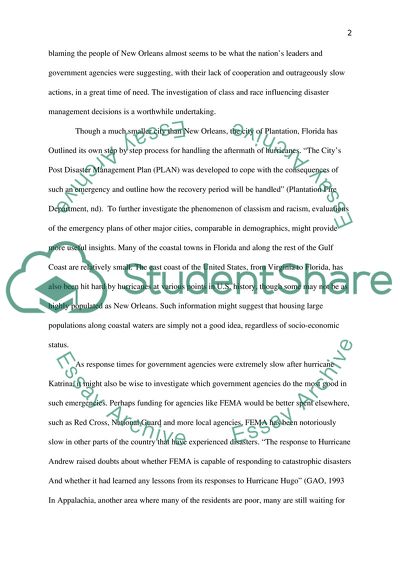Cite this document
(New Orleans Essay Example | Topics and Well Written Essays - 750 words, n.d.)
New Orleans Essay Example | Topics and Well Written Essays - 750 words. https://studentshare.org/miscellaneous/1736279-new-orleans
New Orleans Essay Example | Topics and Well Written Essays - 750 words. https://studentshare.org/miscellaneous/1736279-new-orleans
(New Orleans Essay Example | Topics and Well Written Essays - 750 Words)
New Orleans Essay Example | Topics and Well Written Essays - 750 Words. https://studentshare.org/miscellaneous/1736279-new-orleans.
New Orleans Essay Example | Topics and Well Written Essays - 750 Words. https://studentshare.org/miscellaneous/1736279-new-orleans.
“New Orleans Essay Example | Topics and Well Written Essays - 750 Words”. https://studentshare.org/miscellaneous/1736279-new-orleans.


